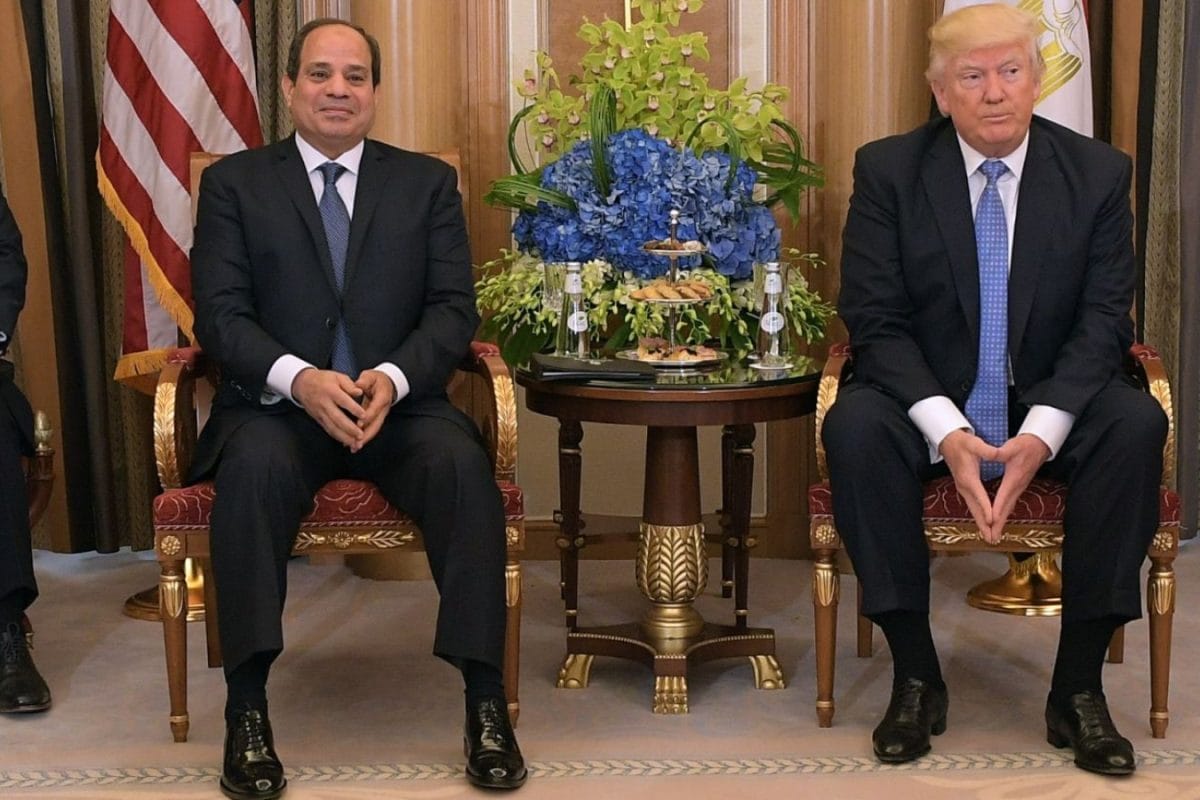Global Currency Overview
The global financial landscape in 2025 reveals a fascinating hierarchy of currency power. Leading the pack is Kuwait's Dinar, recognized for its exceptional
value and stability. This signifies the strength of Kuwait's economy and its impact on global trade. Analyzing currency power involves understanding the factors that contribute to a currency's strength, including economic stability, inflation rates, and the overall health of a nation's financial institutions. Currencies are assessed based on a range of economic indicators that gauge their relative strength and their influence on the international financial system. These factors provide a comprehensive view, detailing why certain currencies stand out in the world market.
Kuwait's Dominance Explored
The Kuwaiti Dinar's position at the top spot is not merely accidental; it reflects Kuwait's economic success. Kuwait's substantial oil reserves have played a crucial role, creating a strong economy. This wealth contributes to the currency's stability and high valuation on the global financial stage. The Dinar's strength showcases Kuwait's role in the international economy. Currency valuations are also influenced by inflation rates. Kuwait’s ability to maintain low inflation has helped to solidify the Dinar's leading position in the world, underscoring the country's dedication to economic prudence and financial management. Overall, the Dinar's story demonstrates how resource wealth and sound economic policies can lead to exceptional financial outcomes and global currency power.
India's Rupee Ranking
In the list of the world's most powerful currencies in 2025, India's Rupee holds a specific position. The exact ranking emphasizes India's growth and the progress made over the years. This position is a reflection of India’s economy, considering factors such as its gross domestic product (GDP), its participation in global trade, and the stability of its financial systems. This also indicates the Rupee's stability and the role India plays in the international financial world. Factors such as inflation rates, interest rates, and fiscal policies further shape the Rupee's influence. The Rupee's current ranking is proof of the nation's economic development, demonstrating India's rising importance on the global scene.
Factors of Currency Strength
Several elements combine to define a currency's strength. Economic stability, measured by factors such as inflation, employment rates, and GDP growth, is a key determinant. Nations with lower inflation and stable economic conditions usually see their currencies gain strength. Interest rates, set by the central banks, also influence a currency's attractiveness. Higher interest rates often draw in foreign investments, increasing the demand for a currency. Trade balance, which is the difference between a nation's exports and imports, further affects currency strength. Surpluses usually strengthen a currency, while deficits can weaken it. Furthermore, geopolitical events and political stability also influence currency valuation, as these factors directly impact investor confidence.
Global Financial Landscape
The currency landscape in 2025 is varied, showcasing the economic dynamics of different nations. Alongside Kuwait’s Dinar, other currencies, such as the Swiss Franc and the Singapore Dollar, generally occupy high positions, reflecting financial stability and effective economic policies. These currencies are often used as safe havens in times of financial instability. The global economy's intricate nature means that currencies continuously fluctuate based on changing market conditions, geopolitical events, and policy decisions. Analyzing these trends provides insights into global financial health. This also highlights opportunities and risks for investors and policymakers worldwide. The currency market serves as a measure of economic well-being and a vital component of the international economy.
Impact on India
The positioning of the Rupee among the world's powerful currencies significantly impacts India. The value of the Rupee impacts international trade, making exports more or less expensive and imports cheaper or more expensive. A stable and strong Rupee can improve foreign investment, supporting economic growth and infrastructure development. On the other hand, a fluctuating Rupee can cause instability, thus affecting businesses and consumers. The Rupee's strength affects financial markets, including stock and bond markets, and affects the value of assets held by Indian citizens and institutions. In the larger context, the Rupee's standing among global currencies reflects India's economic growth, its influence in international trade, and its efforts to secure a strong economic future.








